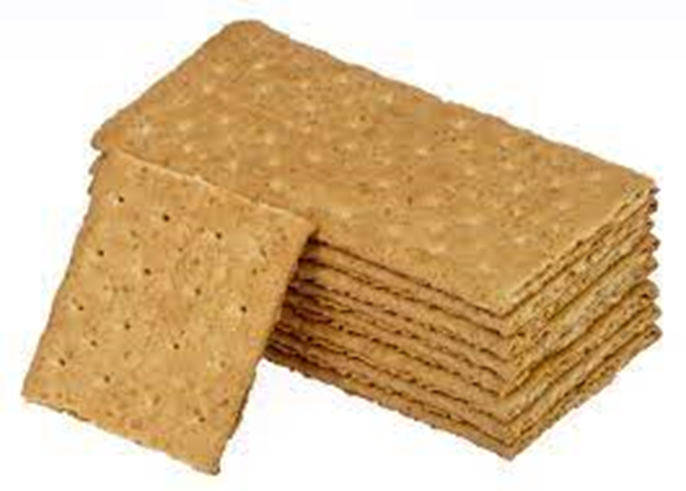A nurse is providing teaching about the Dietary Approaches to Stop Hypertension (DASH) diet to a client who has hypertension. Which of the following instructions should the nurse include?
Limit sodium intake to 3,200 milligrams per day.
Increase intake of refined carbohydrates.
Consume foods that are high in calcium.
Consume ten percent of total calories from saturated fat.
The Correct Answer is C
Choice A reason: The standard DASH diet limits sodium intake to 2,300 milligrams per day, which is about the amount of sodium in 1 teaspoon of table salt¹. A lower sodium version of DASH restricts sodium to 1,500 milligrams per day, which may lower blood pressure even further¹. Therefore, limiting sodium intake to 3,200 milligrams per day is not consistent with the DASH diet.
Choice B reason: The DASH diet recommends eating fewer refined carbohydrates and less sugar, as they can increase blood pressure and cholesterol levels². Instead, the DASH diet emphasizes eating more whole grains, fruits, and vegetables, which are rich in fiber, potassium, calcium, and magnesium².
Choice C reason: The DASH diet encourages consuming foods that are high in calcium, such as fat-free or low-fat dairy products, fish, beans, and nuts¹. Calcium is a mineral that helps regulate blood pressure and supports bone health³. Studies have shown that increasing calcium intake can lower blood pressure in people with hypertension³.
Choice D reason: The DASH diet advises limiting foods that are high in saturated fat, such as fatty meats, full-fat dairy products, and tropical oils such as coconut, palm kernel, and palm oils¹. Saturated fat can raise blood pressure and cholesterol levels, which can increase the risk of heart disease and stroke. The DASH diet recommends consuming no more than six percent of total calories from saturated fat¹.
Nursing Test Bank
Naxlex Comprehensive Predictor Exams
Related Questions
Correct Answer is C
Explanation
Choice A reason: Consuming high-calorie foods early in the day is not a good strategy for weight loss, as it can lead to overeating and increased fat storage. The nurse should advise the client to eat a balanced breakfast that includes protein, fiber, and healthy fats, which can help curb appetite and boost metabolism.
Choice B reason: Limiting carbohydrate intake to 30 grams per day is too restrictive and may cause nutritional deficiencies, ketosis, and adverse effects on mood and cognition. The nurse should recommend a moderate carbohydrate intake of 45 to 65 percent of total calories, with an emphasis on complex carbohydrates from whole grains, fruits, vegetables, and legumes.
Choice C reason: Consuming 500 fewer calories per day can result in a weight loss of about 1 pound per week, which is a safe and realistic goal for a client who has a BMI of 35. The nurse should help the client identify sources of excess calories in their diet and suggest ways to reduce them, such as choosing low-calorie beverages, using smaller plates, and avoiding distractions while eating.
Choice D reason: Following a liquid meal plan for 4 weeks is not a sustainable or healthy way to lose weight, as it can cause muscle loss, electrolyte imbalance, and rebound weight gain. The nurse should encourage the client to eat regular meals that include a variety of foods from all food groups, with appropriate portion sizes and nutrient density.
Correct Answer is B
Explanation
Choice A reason: Ground beef is high in saturated fat and cholesterol, which can increase the risk of gallstones. A client with cholecystitis should avoid fatty, greasy, or fried foods; meats; and cheeses.
Choice B reason: Graham crackers are low in fat and high in fiber, which can help prevent gallstones. A client with cholecystitis should eat more foods that are high in fiber, such as fruits, vegetables, beans, and whole grains.
Choice C reason: Blueberry muffins may contain butter, eggs, or milk, which are sources of saturated fat and cholesterol. A client with cholecystitis should eat fewer refined carbohydrates and less sugar.
Choice D reason: 2% milk is a dairy product that contains saturated fat and cholesterol. A client with cholecystitis should eat healthy fats, like fish oil and olive oil, to help the gallbladder contract and empty on a regular basis.

Whether you are a student looking to ace your exams or a practicing nurse seeking to enhance your expertise , our nursing education contents will empower you with the confidence and competence to make a difference in the lives of patients and become a respected leader in the healthcare field.
Visit Naxlex, invest in your future and unlock endless possibilities with our unparalleled nursing education contents today
Report Wrong Answer on the Current Question
Do you disagree with the answer? If yes, what is your expected answer? Explain.
Kindly be descriptive with the issue you are facing.
